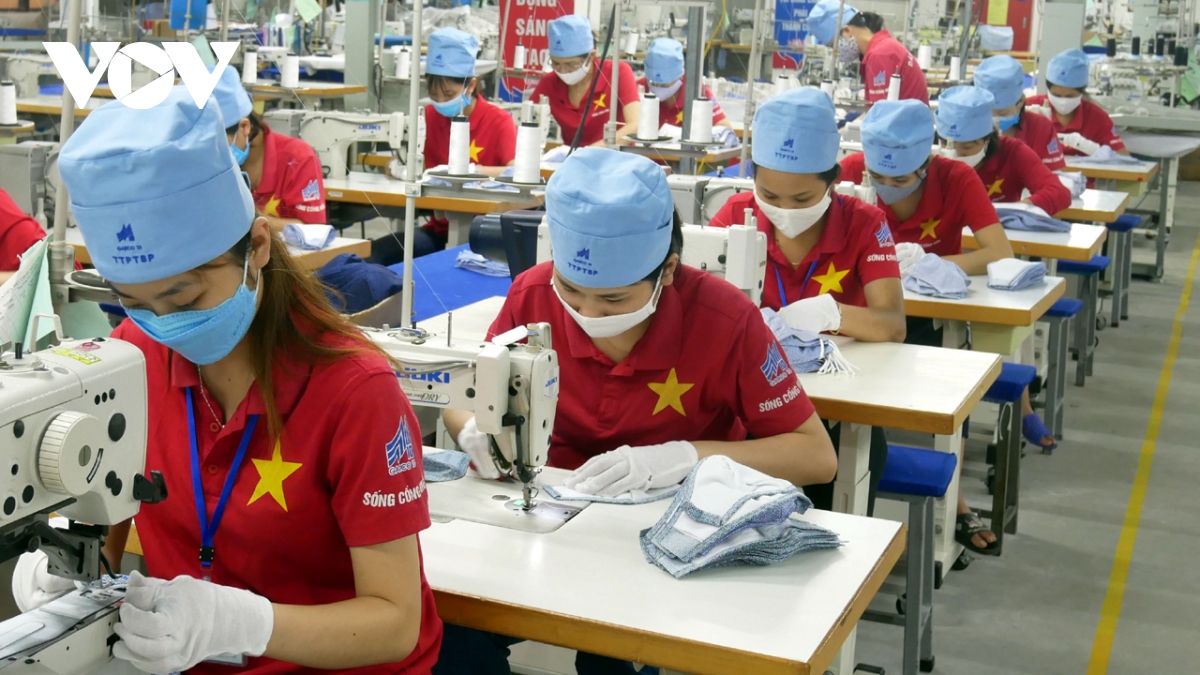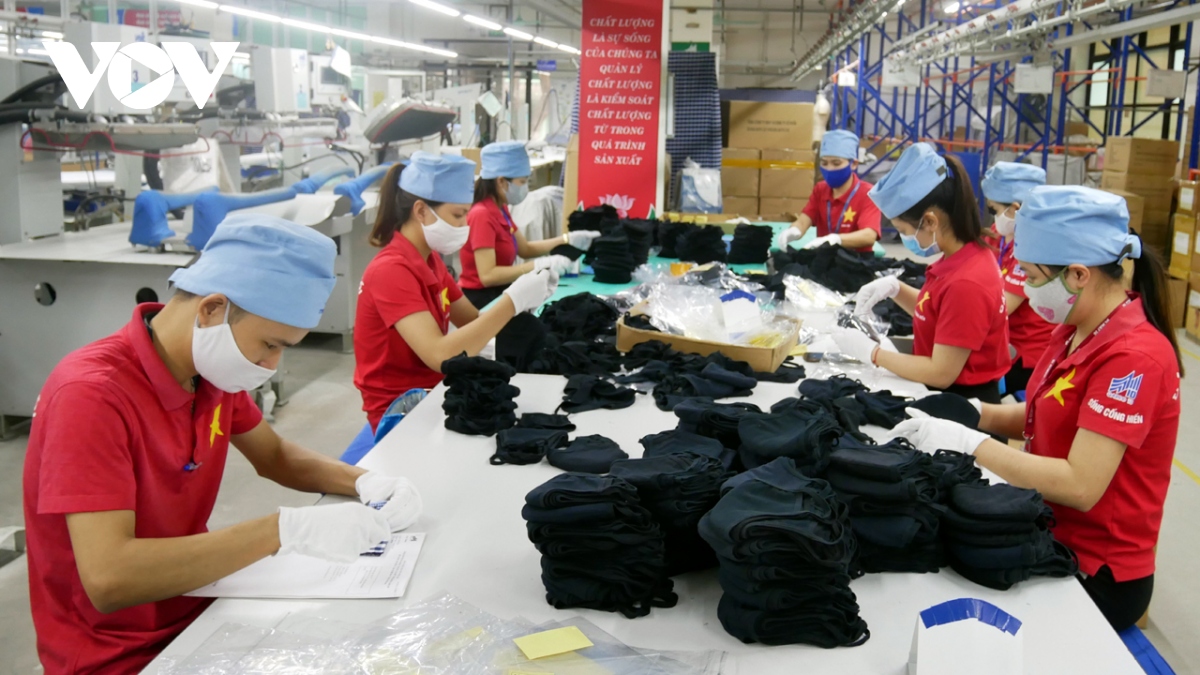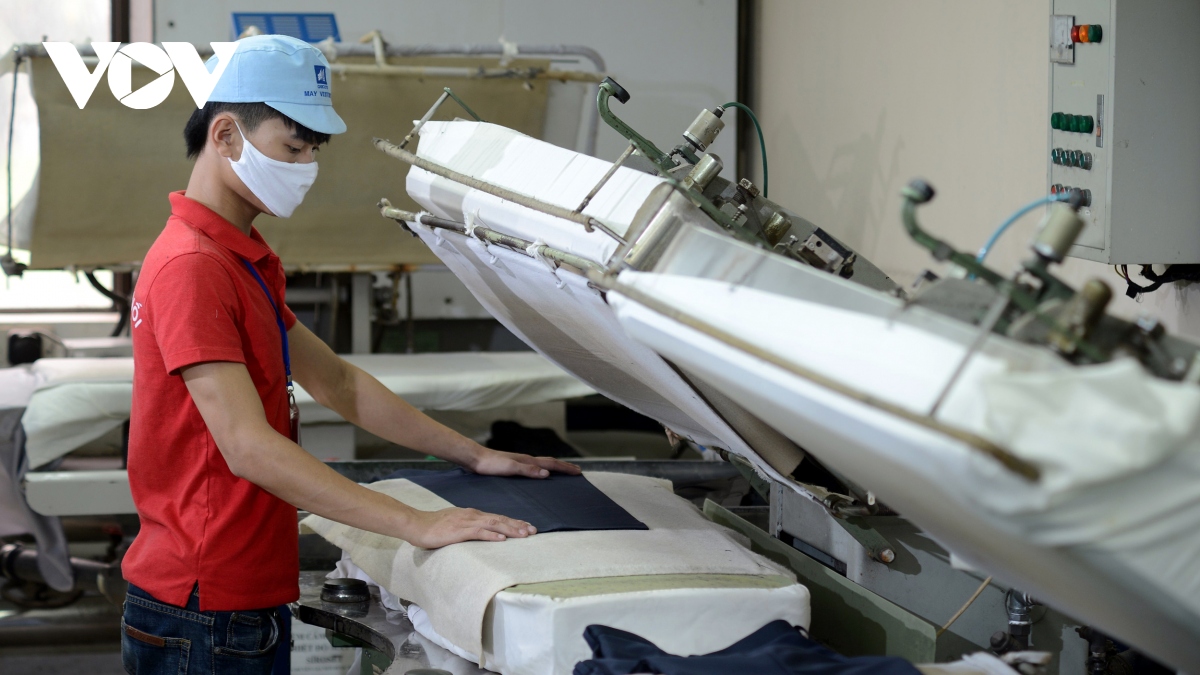The Vietnamese textile and garment industry is predicted to face a range of challenges in 2024, affected by both the global and domestic economy, resulting in a decrease in product demand. In addition to that, there will be increasing input costs such as electricity prices, transportation costs, minimum wage, and new regulations from the export market. Despite these circumstances, the Vietnamese textile and garment industry still aims to achieve $44 billion in export value in 2024, an increase of approximately $4 billion compared to 2023.

Vietnamese textile and garment industry targets $44 billion in export value in 2024
Diverse markets, increased labor productivity
To achieve the goals of both the textile and garment industry and companies in 2024, Mr. Thân Đức Việt, CEO of May 10 Corporation, said that companies will focus on actively seeking and exploring domestic and international markets, providing sufficient employment for workers in the strategy of market diversification, product variety, and customer diversity.
“In 2024, May 10 will continue to optimize and streamline its organizational structure. The company will focus on serving production, research, and product development, researching and developing new products and materials, accelerating the sample-making, pressing, and ensuring the quality of samples… to handle difficult orders, complex product structures, and fast delivery times. Specifically, the company will strengthen quality management, maintain the motto of “choosing difficult tasks” with the aim of preserving customers, orders, markets, jobs, and strict cost control,” Mr. Thân Đức Việt outlined.
In addition to maintaining and expanding the market, improving production organization, and ensuring optimal efficiency, textile and garment companies in 2024 also need to enhance the digitization of production management systems, invest deeply to meet the standardization requirements set by importing countries for the Vietnamese textile and garment industry.

Garment companies strengthen market expansion, increase labor productivity
Affirming that in 2024, companies will strongly focus on increasing labor productivity, Mr. Nguyễn Xuân Dương, Chairman of the Board of Directors of Hung Yen Garment Corporation – JSC, believes that in the trend of green and circular production, garment companies are facing challenges in terms of assessing production condition requirements for greenization and application of digital technology. To meet these criteria, companies need to make large investments to enhance their competitiveness, thus paying attention to increasing labor productivity.
“May Hưng Yên will continue to invest in depth in equipment, using automation and digital technology to produce high-value products. The company proposes to allow companies with capital from the company to issue preferred shares at 5% for employees to retain and engage the workforce through shares,” Mr. Dương proposed.
No production interruptions
In 2024, Vietnam National Textile and Garment Group (Vinatex) set a consolidated revenue target of VND 17,536 trillion, an increase of 3% compared to 2023, and a profit of VND 415 trillion, an increase of 10% compared to 2023. Vinatex’s leaders said that to achieve the above plan, the company’s main task will be to continue to ensure the stability of all resources and minimize losses.
According to Mr. Cao Hữu Hiếu, General Director of Vinatex, the group closely monitors and updates market and input material situations such as cotton and fibers for its units on a monthly basis, so that its member units can plan their production and business activities. Strengthening the role of business divisions in managing the production and business activities of units, especially those facing difficulties in the market and production management.
“The group builds flexible mechanisms in directing and operating, prioritizes handling immediate “hotspots,” does not allow production interruptions or employees to be laid off. It tightly controls the financial situation of critical units, provides timely and continuous direction and support. It quickly puts into operation a digital financial and human resources management system, a software for managing production and business activities, to create a unified, transparent, and timely management platform at the group and some units,” Mr. Cao Hữu Hiếu disclosed.

Textile sector increases investment in technology, automation, and adaptive production lines for fast delivery, small code, high quality
Currently, Vietnam is one of the most deeply and comprehensively integrated economies in terms of commercial relations, creating competition for the global market of some textile and garment industries. According to Mr. Vũ Đức Giang, Chairman of the Vietnam Textile and Apparel Association (VITAS), in addition to solving major issues such as market diversification, customer and product diversification, the industry needs to recognize and come up with solutions to factors influencing trade competition, not only for the textile and garment industry but also for all other industries.
“The textile and garment industry sets the goal of sustainable development, coupled with the development of adaptive practices to meet the global market requirements for green development and greenhouse gas emissions reduction… Therefore, it is necessary to invest in technology, automation, and adaptive production lines for fast delivery, small code, and high-quality products. Focus on fashion industry solutions, specifically planning industrial zones that meet environmental standards to attract investment in some areas and localities,” said Mr. Giang.
In addition to the efforts of enterprises, it can be seen that the textile and garment industry in 2024 still utilizes its advantages compared to competing countries. For example, Vietnam is the only country that has signed FTAs with all major global economies such as the United States, Japan, China, the United Kingdom, Russia, and the EU.
Moreover, the Development Strategy for the Vietnamese Textile and Apparel Industry until 2030, with a vision to 2035, recently approved by the Government, will be the foundation for attracting foreign investment in the fiber-textiles-dyeing sector. This is the advantageous factor and opportunity for the textile and garment industry to take advantage of the benefits from long-term and sustainable development of these agreements.












